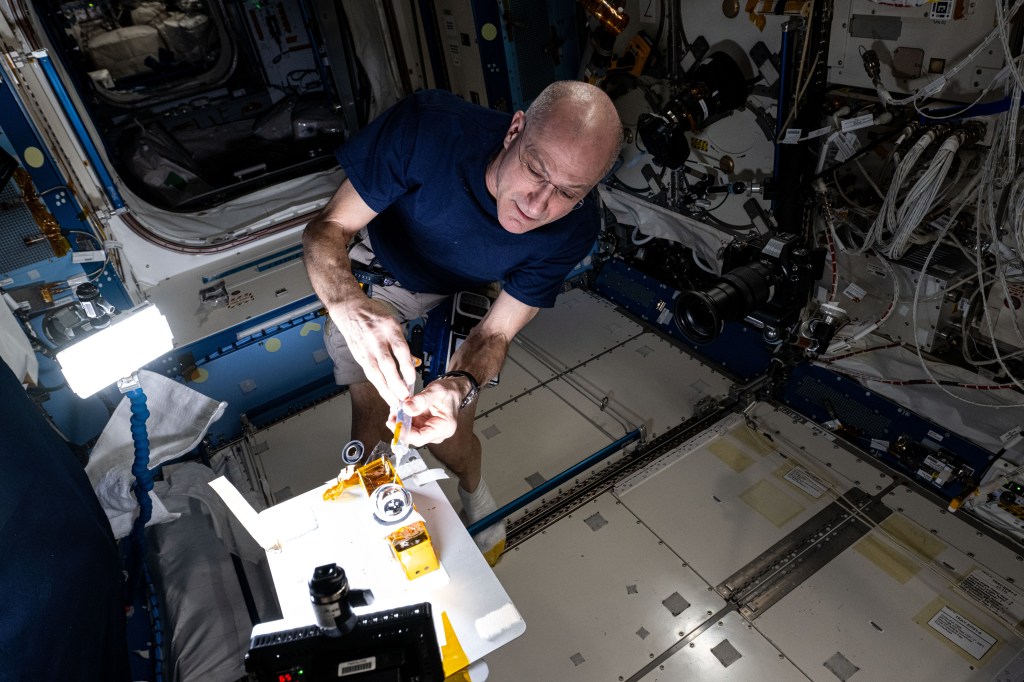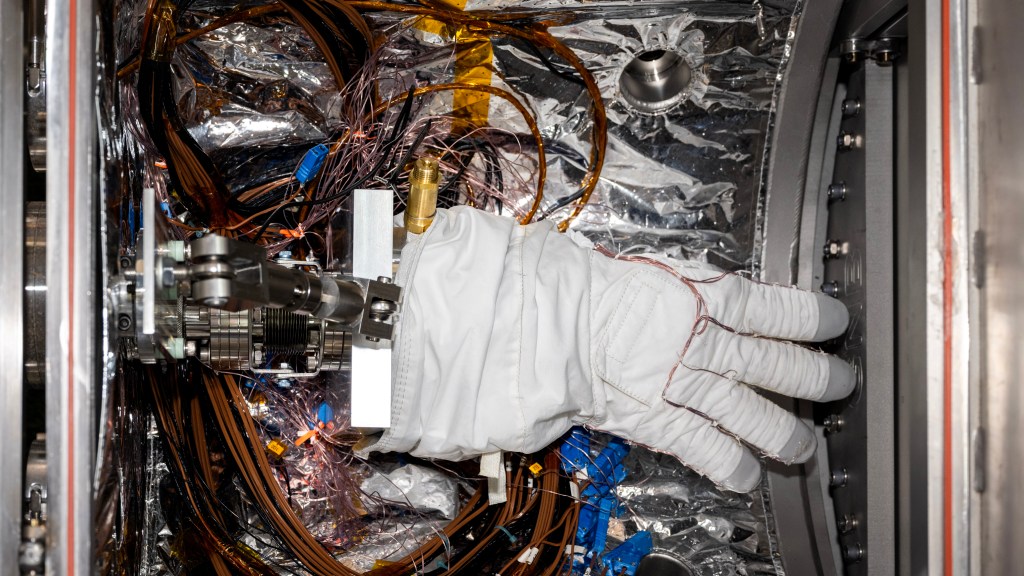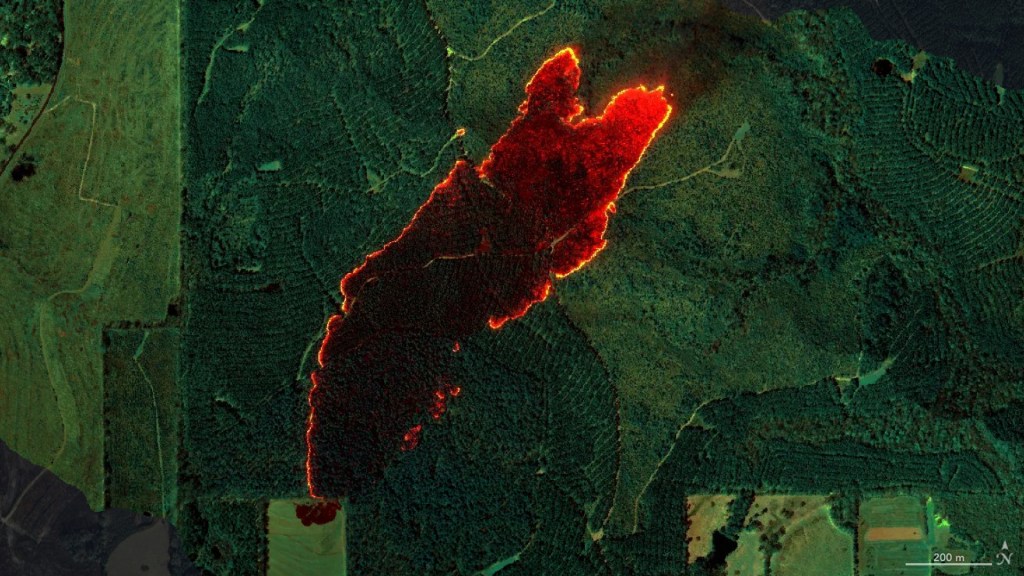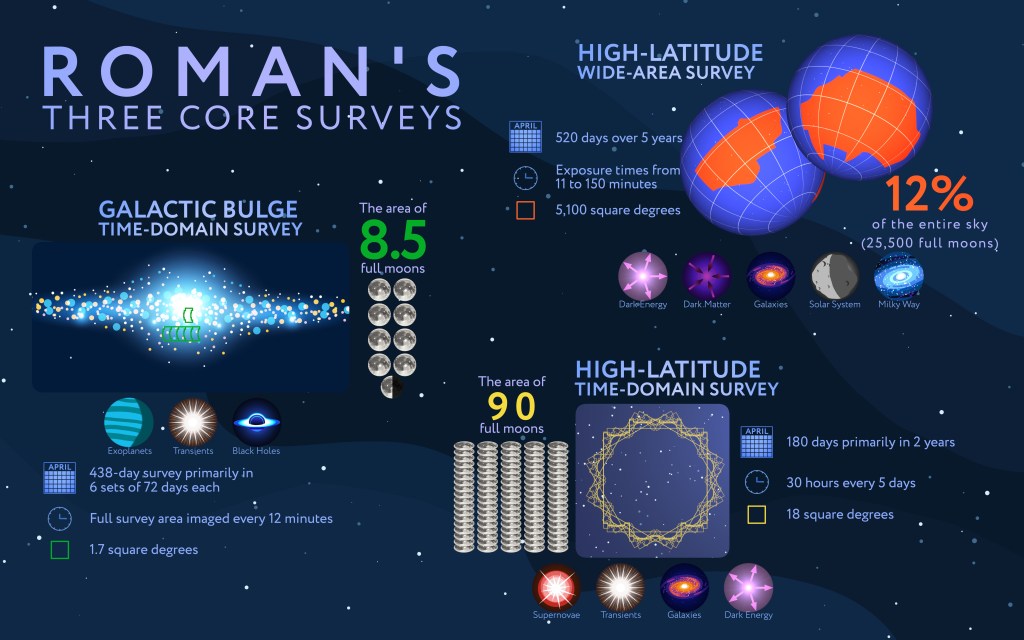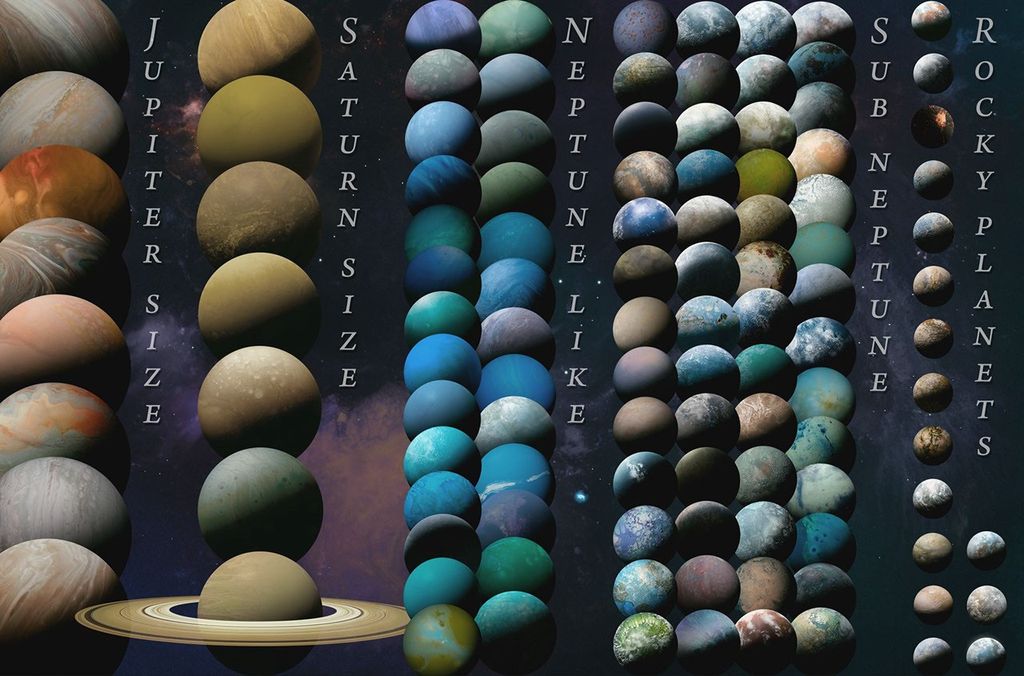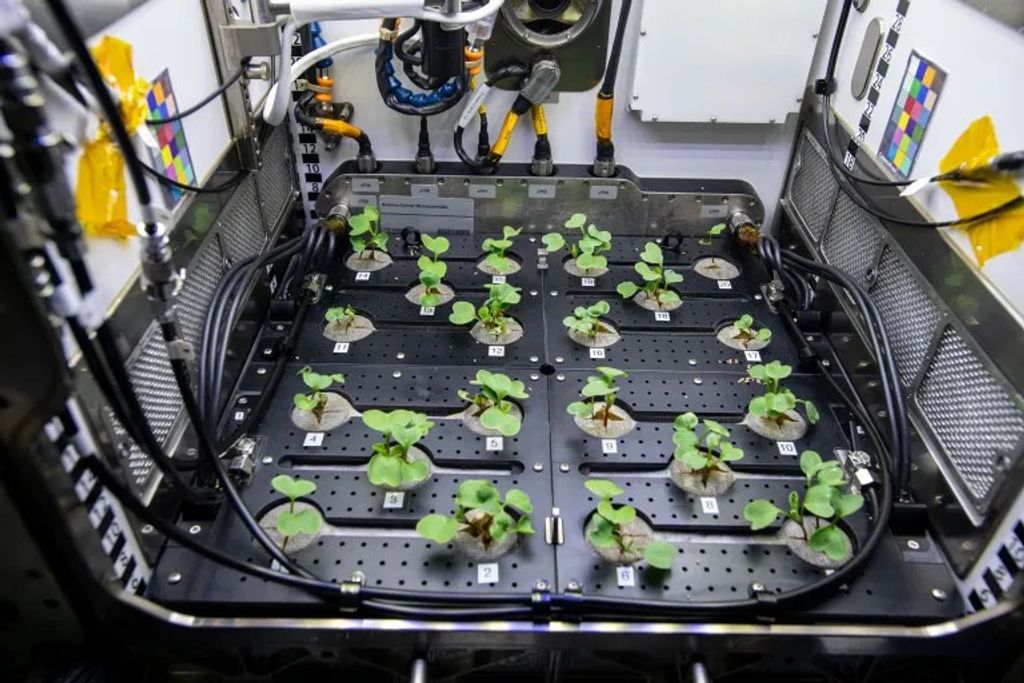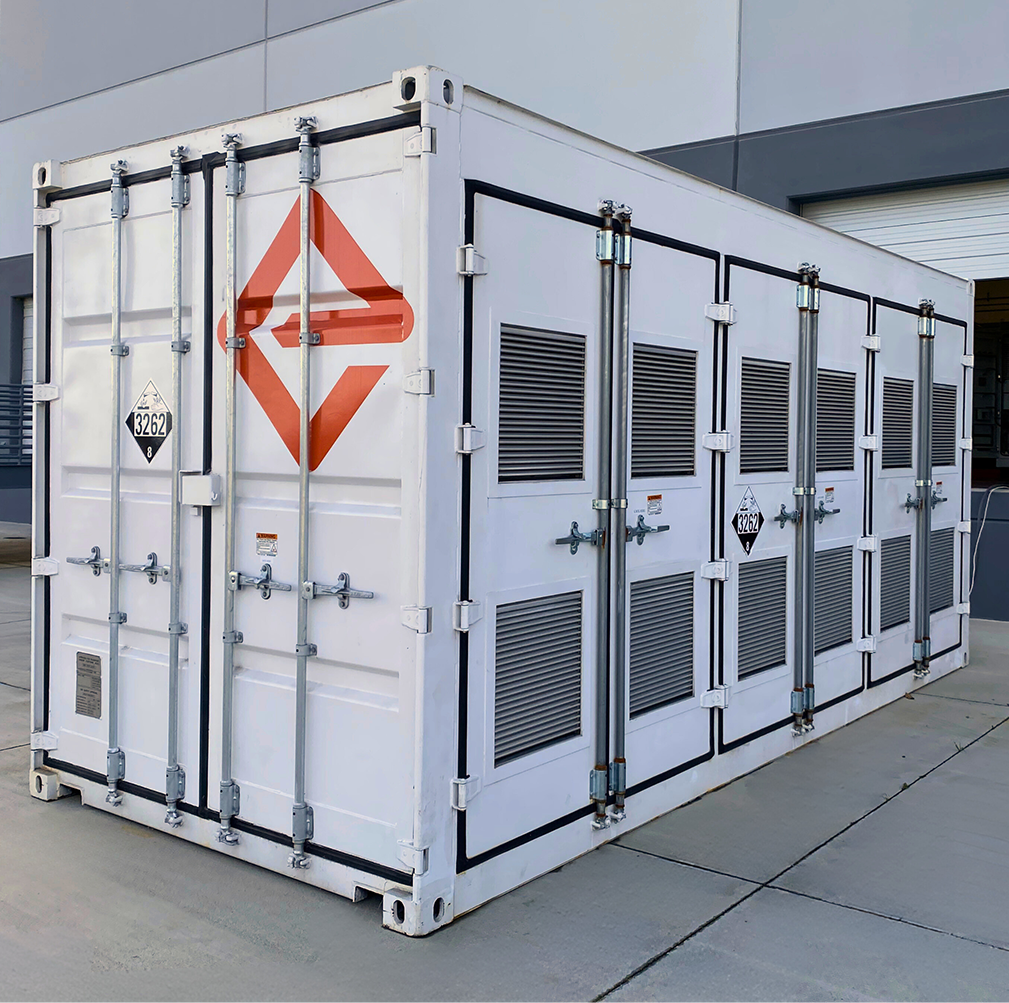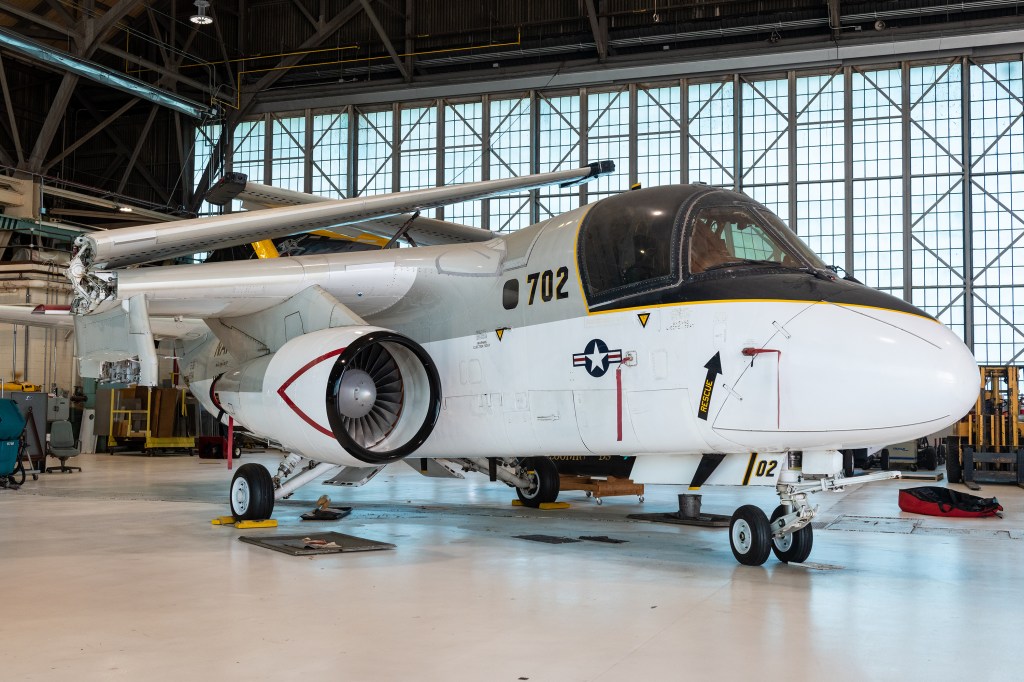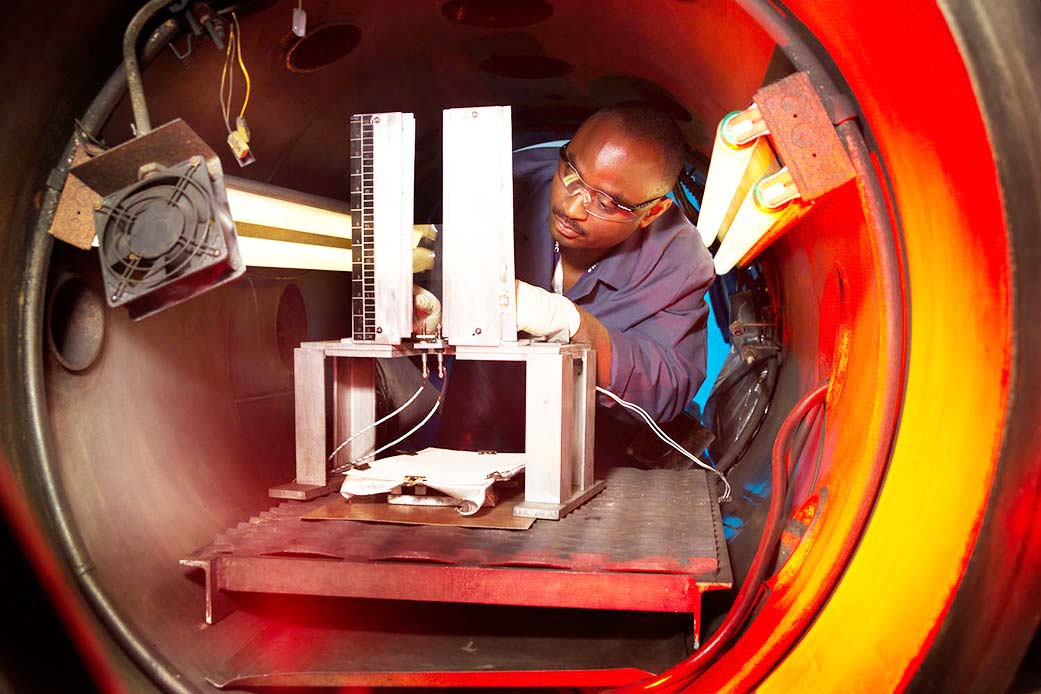Our team conducts a large variety of tests designed to evaluate ignition susceptibility, burning propagation, or combustion characteristics of non-metal and metal materials and components under a wide range of oxygen concentration, pressure, and temperature conditions. To realistically mimic worst case use conditions, we can customize oxygen concentration from 0-100%, pressure control up to 10,000 psi, and temperature control.
The evaluation of materials used in habitable areas of spacecraft and liquid and gaseous oxygen systems are conducted following NASA and ASTM International test methods. The NASA tests are conducted in accordance with NASA Technical Standard “Flammability, Offgassing, and Compatibility Requirements and Test Procedures“, NASA-STD-6001. We offer various test methods to investigate a material or components ability to propagate and sustain burning and a materials ability to ignite via numerous possible ignition mechanisms. Test results assist in the selection and certification of optimal materials for use in space.
Standardized Tests
Flammability – The ability to ignite and sustain burning
- Upward Flame Propagation (NASA Test 1)
- Upward Flammability of Materials in GOX (NASA Test 17)
- Standard Test Method for Determining the Combustion Behavior of Metallic Materials in Oxygen-Enriched Atmospheres (ASTM G124)
- Standard Test Method for Autogenous Ignition Temperature of Liquids and Solids in a High-Pressure Oxygen-Enriched Environment (ASTM G72)
Rapid Pressurization (a.k.a. heat of compression or adiabatic compression) – Heat generated when a gas is rapidly compressed from a low pressure to a high pressure creating an ignition hazard.
- Ignition Sensitivity of Nonmetallic Materials and Components by Gaseous Fluid Impact (ASTM G74)
- Gaseous Fluid Impact for Components (NASA supplemental test)
- Standard Test Method for Evaluating the Ignition Sensitivity and Fault Tolerance of Oxygen Pressure Regulators Used for Medical and Emergency Applications (ASTM G175)
Mechanical Impact – Heat generated due to single or repeated impacts on a material with sufficient energy to ignite it.
- Determining Ignition Sensitivity of Materials to Mechanical Impact in Ambient Liquid Oxygen and Pressurized Liquid and Gaseous Oxygen Environments (ASTM G 86)
- Standard Test Method for Compatibility of Materials with Liquid Oxygen (Impact Sensitivity Threshold and Pass-Fail Techniques) (ASTM D 2512)
- Mechanical Impact in Liquid or Gaseous Oxygen (NASA Test 13A and 13B)
Electrical Arc – Sufficient electrical current arcing from a power source with enough energy to ignite the material receiving the arc.
- Arc Tracking (Dry Arc Propagation Resistance) (NASA Test 18)
Supplemental Tests
- Particle Impact — Heat generated when small particles strike a material with sufficient velocity to ignite the particle and/or the material.
Particle Impact (NASA Supplemental Test) - Galling and Friction — Heat generated by the rubbing of two or more parts together.
Frictional Heating (NASA Supplemental Test) - Static Discharge — Discharge of accumulated static charge with enough energy to ignite the material receiving the charge.
Research and Standards Development
Additional ignition sources recognized in the oxygen community are being researched by our team.
- Flow Friction — Heat generated when oxygen flows across a polymer and produces erosion, friction, and/or vibration.
- Resonance — Acoustic oscillations within resonant cavities that cause rapid temperature rise.



